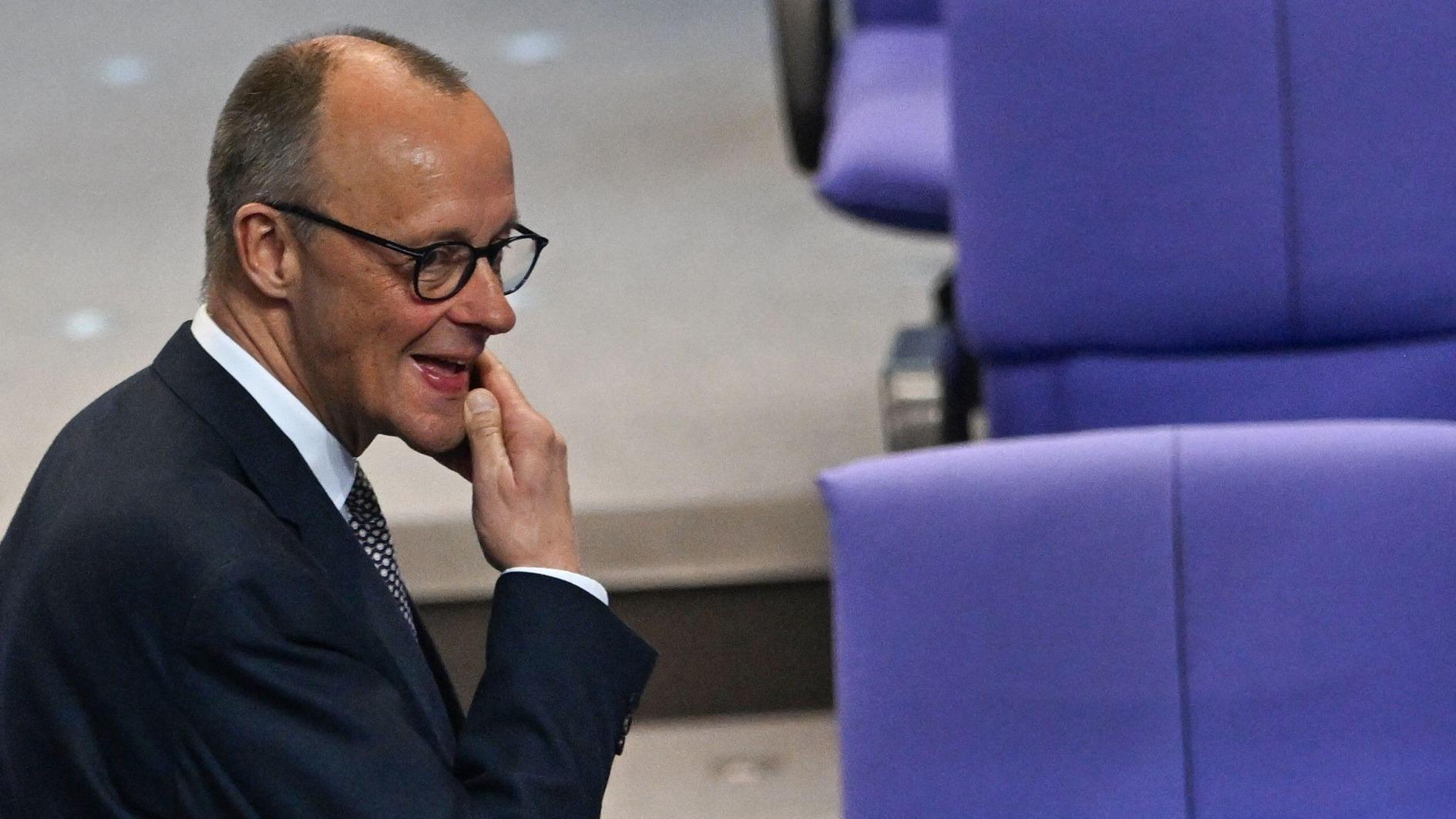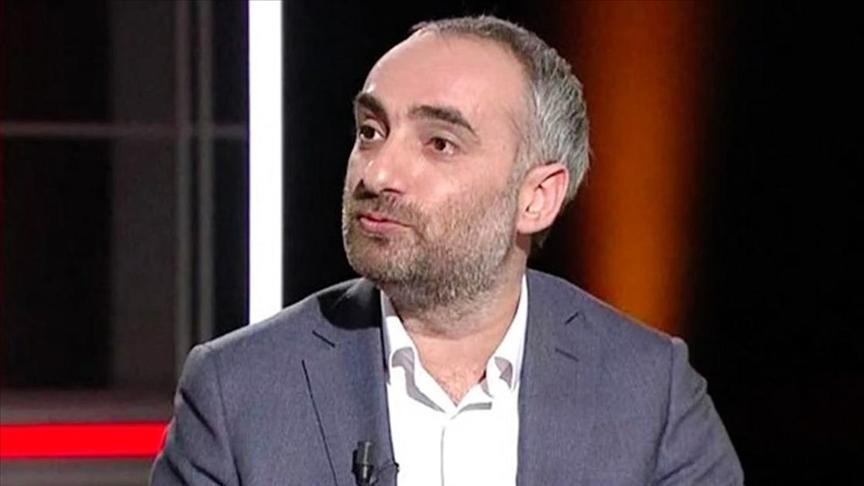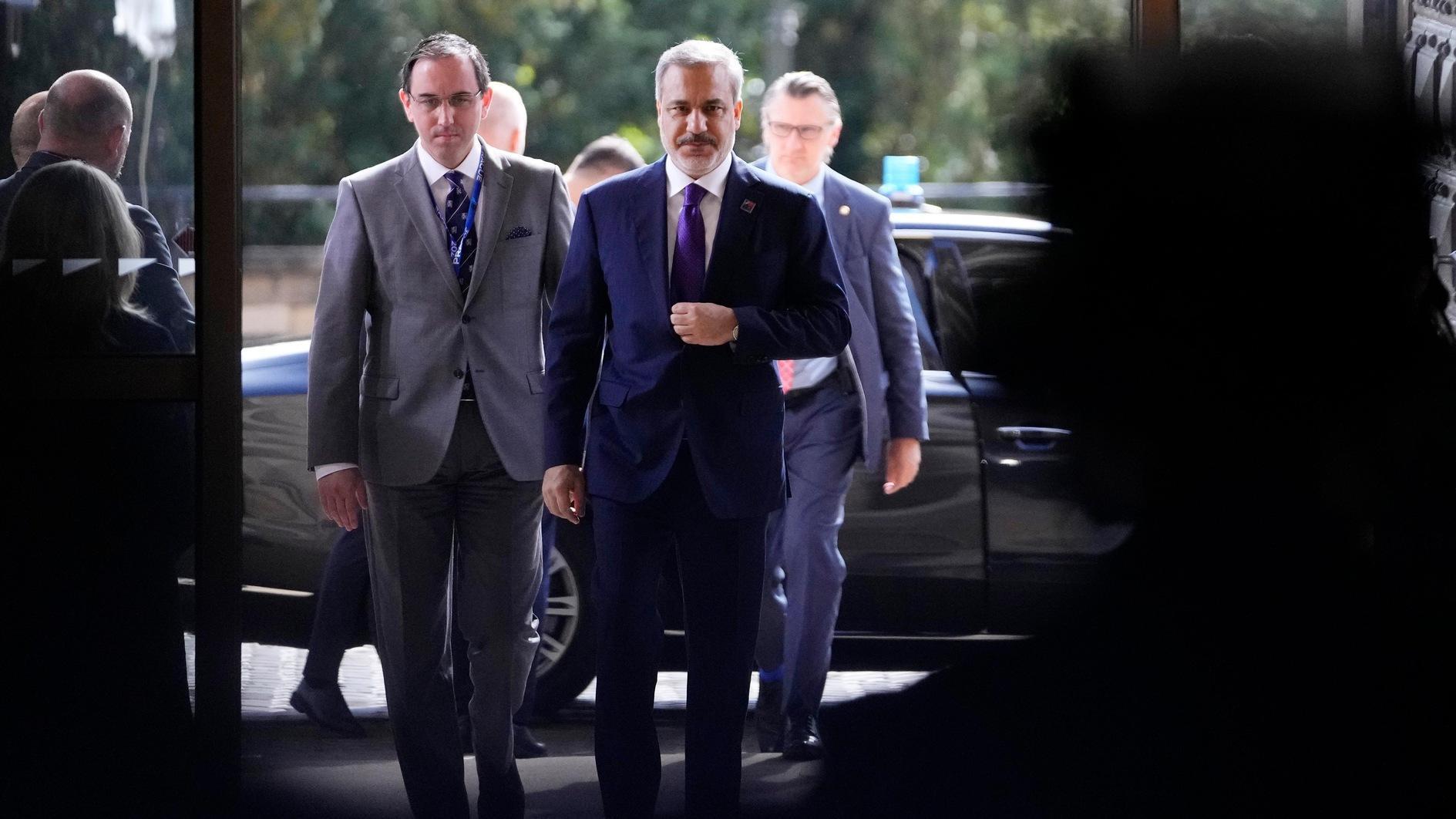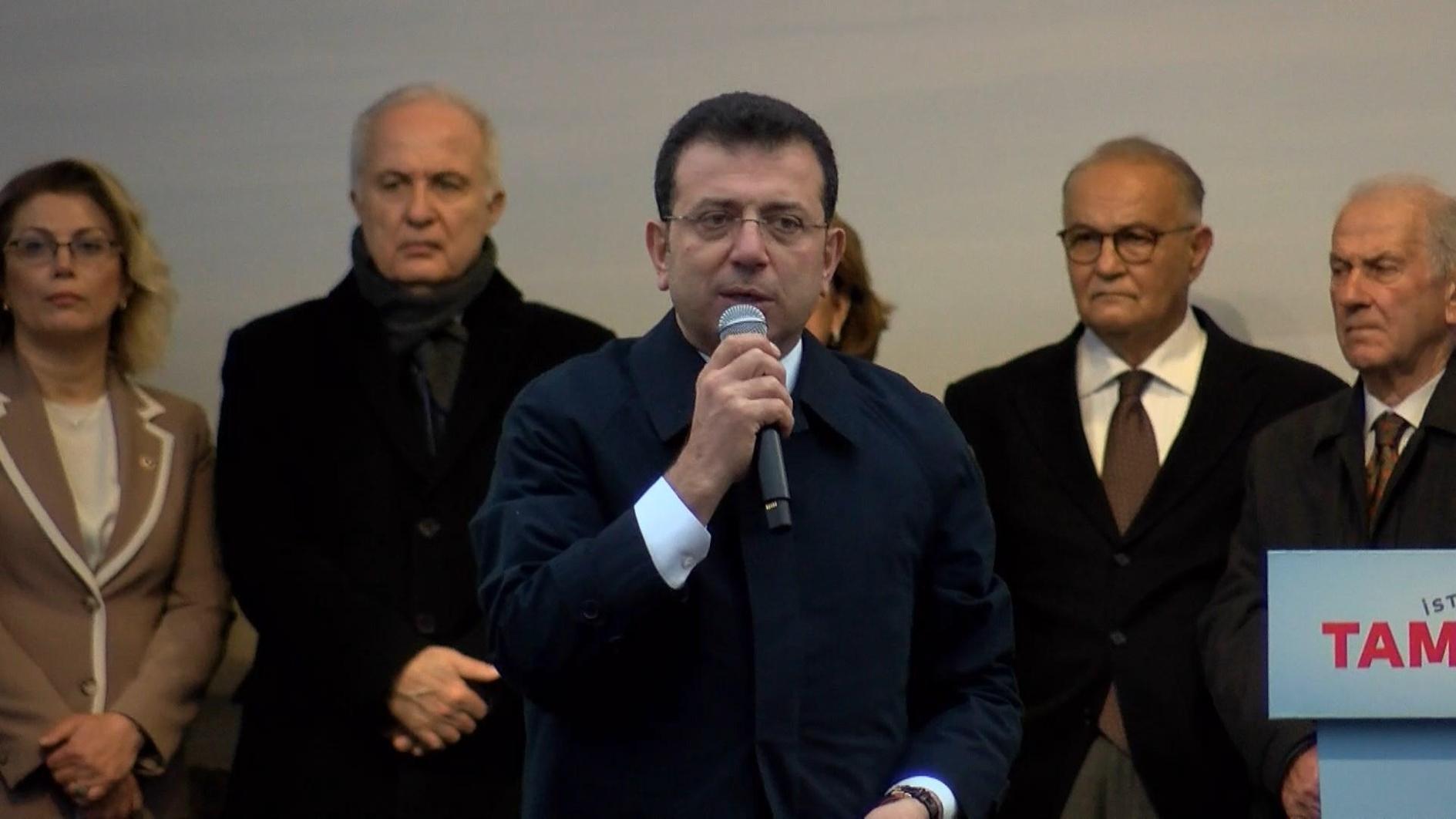Taryn Simon discovers hidden objects and places
ISTANBUL - Hürriyet Daily News
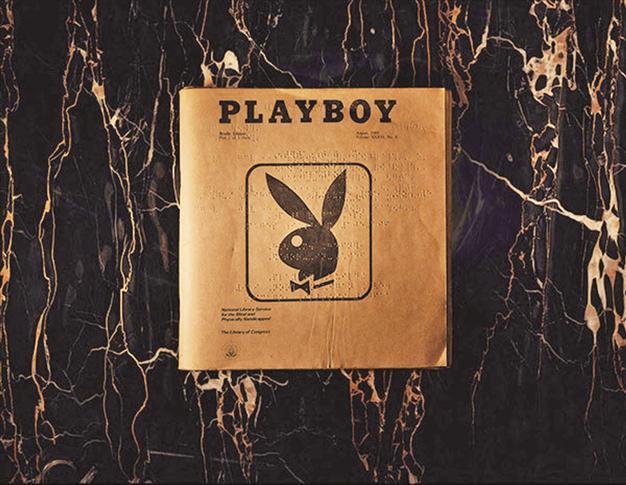
American atrist Taryn Simon’s discoveries led her to create her the photography collections, which pursues what is hidden and what is revealing within the space and situation.
American artist Taryn Simon, who has showcased her works at her photography works at MoMA, claims she is never inspired by other art works.“As an artist I take inspiration from reality and fantasy,” she said during an interview. Taryn is investigating and researching all the time. Her discoveries led her to create her the photography collections that are on display at Gallery Mana in Istanbul until June 30, “Contraband” and “An American Index of the Hidden and Unfamiliar.”
In these photography series, Simon pursues what is hidden and what is revealing within the space and situation.
In “Contraband” the artist took 1,075 photographs at both the U.S. Customs and Border Protection Federal Inspection Site and the U.S. Postal Service International Mail Facility at John F. Kennedy International Airport, New York, revealing not only “hidden” images, but also referring to the economy and the flow of the economy.
“In this series I try to reveal the ‘simple’ being of the objects. Those [objects were] brought by people, but I have chosen to reflect them without any human image within them.”
The photographs showcase items like drugs and guns, as well as fake bags, DVDs, perfumes and diamonds. According to Simon this also shows the flow of economy and the movements of the economy in the U.S. The project took her five days, Simon said, adding that the things that she saw were amazing. All the featured objects are export and import materials, things that refer to the economy.
Places that public cannot enter
In the other photography series, titled “An American Index of the Hidden and Unfamiliar,” Simon enters places in the U.S. that the public cannot enter. She compiles an inventory of what lies hidden and out-of-view within the borders of the United States. She examines a culture through the documentation of subjects from domains including science, government, medicine, entertainment, nature, security, and religion.
In this series Simon aims to open a new dimension of culture and what we have not seen in the daily life of American culture. In this work Simon uses both her capacity to reach “hidden” places as well as her discoveries, research and fantasy material. The gap between places that are accessible only by professionals and not by the public is revealed in the series.
The work, which refers to the culture and the general understanding of institutions and public spaces, showcases many different places in the U.S. “I have entered the spaces and places that the public cannot enter. I am trying to focus on reaching the information and the difference between public and the professionals,” said Simon.
While Simon reveals the cultural differences in the documentary discipline, she analyzes how far we can discover the “hidden” and “unfamiliar.”
In “White Tiger (Kenny),” Simon enters the Turpentine Creek Wildlife Refuge and Foundation Eureka Springs in Arkansas, where she photographs a tiger which was born as a result of selective inbreeding. In the United States, all living white tigers are the result of selective inbreeding to artificially create the genetic conditions that lead to white fur, ice-blue eyes and a pink noses. Kenny was born to a breeder in Bentonville, Arkansas on Feb. 3, 1999. However, Due to the inbreeding, Kenny is mentally retarded and has significant physical limitations. Due to his deep-set nose, he has difficulty breathing and closing his jaw, his teeth are severely malformed and he limps from the abnormal bone structure in his forearms. The three other tigers in Kenny’s litter are not considered quality white tigers as they are yellow-coated, cross-eyed and knock-kneed.
Another work from “An American Index of the Hidden and Unfamiliar,” showcases the Nuclear Waste Encapsulation and Storage Facility, Cherenkov Radiation, Hanford Site, at the Department of Energy in southeastern Washington state.
Submerged in a pool of water at Hanford Site are 1936 stainless-steel nuclear-waste capsules containing cesium and strontium. Combined, they contain over 120 million curies of radioactivity. It is estimated to be the most curies under one roof in the United States. The blue glow is created by the Cherenkov effect, which describes the electromagnetic radiation emitted when a charged particle, giving off energy, moves faster than light through a transparent medium. The temperatures of the capsules reach as high as 330 degrees Fahrenheit. The pool of water serves as a shield against radiation - a human standing just one foot away from an unshielded capsule would receive a lethal dose of radiation in less than 10 seconds. Hanford is among the most contaminated sites, in the United States.
Simon’s works have also been displayed at the Victoria and Albert Museum.


